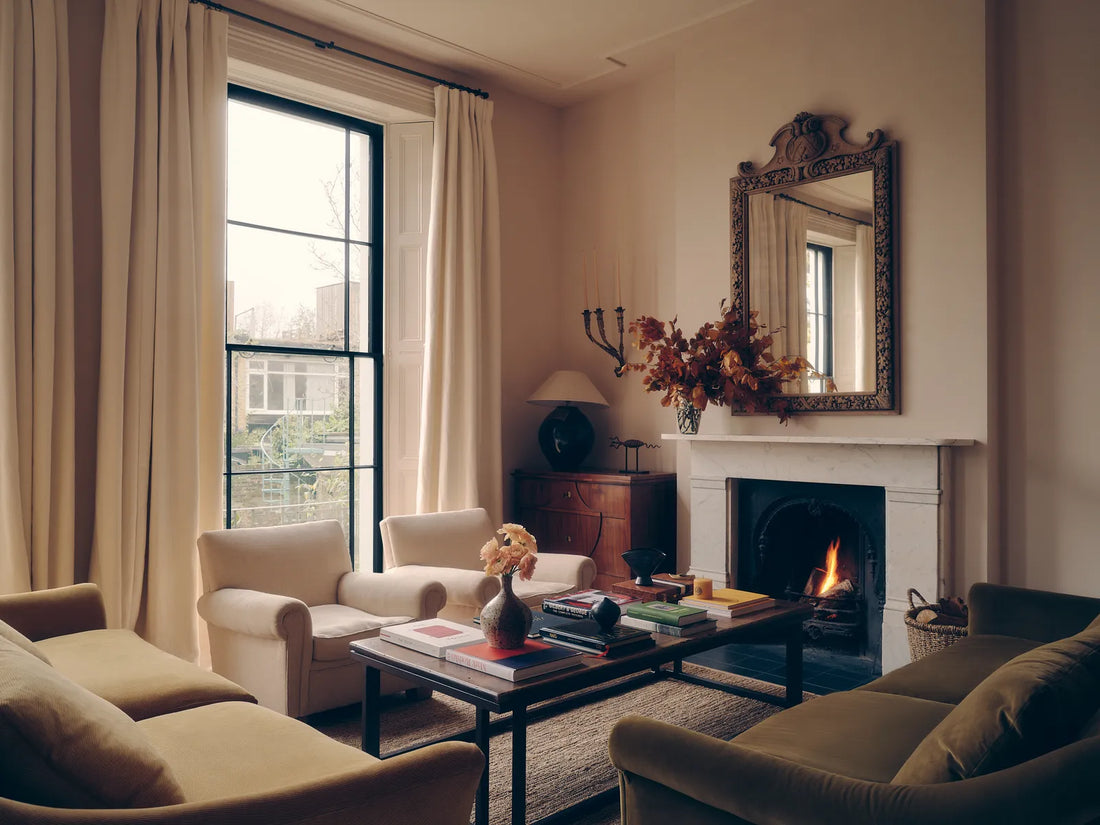
Old House vs. New Build
Ah, the age-old question: do you lovingly restore a charming old home with creaky floors, drafty windows, and “character,” or do you buy a newer house with a soul the texture of melamine and make it your own with special pieces?
It’s a design conundrum as timeless as “paint or wallpaper?”—and equally divisive at dinner parties.
Let’s get into it.
The Case for the Old House:
Charm, history, and surprise plumbing bills.
Renovating an older home is like dating someone with a mysterious past: it’s exciting, full of potential, and occasionally you’ll discover something horrifying in the basement. But oh, the stories those walls could tell! Lead paint, knob-and-tube wiring, and questionable add-ons aside, older homes tend to have architectural detail you can’t fake. Arched doorways, original hardwood floors, trim that wasn’t bought in bulk at a big box store—they just don’t make ‘em like they used to.
If your Pinterest board looks like “Nancy Meyers meets historic preservation,” then an old home might be your match. But beware: renovations rarely go as planned. Behind every 1920s plaster wall is a 1920s surprise, and usually it involves money. Or asbestos.
Still, if you’re handy, have a decent relationship with a contractor (or are one), and love the idea of saving a home from HGTV doom, restoring an old house can be deeply rewarding.
Pros:
One-of-a-kind charm
Potential for equity
Historical details galore
Cons:
You will find something unexpected and expensive
Permits, zoning, structural repairs = not sexy
May take years off your life (and your bank account)
The Case for the New(ish) Home:
Low maintenance, move-in ready, and just waiting for your personality.
Now let’s talk about newer homes. They’re clean, efficient, and—let’s be honest—kind of boring. Until you get your hands on them. With a coat of paint, a little trim, and a few strategic swaps (bye-bye builder-grade lighting), a newer home becomes a blank-ish canvas with far fewer “surprise expenses.”
You won’t have to replace ancient plumbing, and chances are your electrical panel won’t explode when you plug in a hairdryer. That’s a win.
Newer homes are ideal for people who want to live in their home, not live inside a renovation montage. They're also perfect if you’d rather spend weekends decorating than demo-ing.
Pros:
Less maintenance = more time for actual life
Modern layouts (open floor plan, anyone?)
Budget-friendly updates like paint, fixtures, and finishes can go a long way
Cons:
May lack soul (and interesting ceilings)
Cookie-cutter materials can be hard to work around
Can feel like dressing up a robot in a vintage dress—cute, but still robotic

image credit: Rachel Aisling Walker
So… Which Is Better?
Here’s the truth: it all comes down to three things:
Your budget – Renovating an old house can be cost-effective or a financial sinkhole. Buying new might be pricier up front but easier to control over time.
Your skillset – If your toolbox contains more throw pillows than power tools, be honest with yourself. Handy folks might find joy in restoration. Others may find therapy bills.
Your appetite for chaos – Are you here for the journey? Or do you want to hang art and call it a day? Only one of those options involves living in dust for six months while someone named Ron jackhammers your kitchen floor.
imade credit: DeVoL
Final Verdict:
Old or new, you’ll make it beautiful. But your sanity, savings, and Saturday plans deserve a vote too.
Fixing up an old house is a commitment. So is making a newer house feel like you. One gives you drama and storytelling potential; the other gives you outlets that actually work.
At the end of the day, the best house is the one you can afford, manage, and love—even if it takes a few trips to the hardware store (or therapy).
-Juliette



